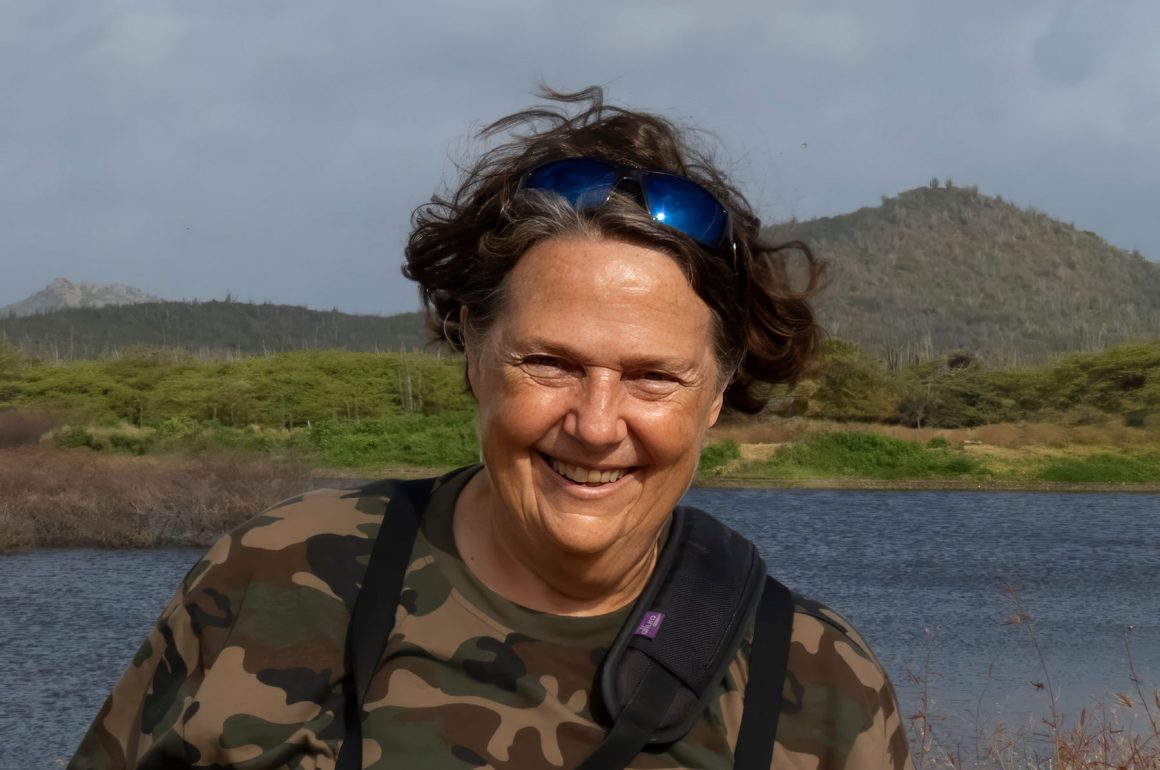
What is your favorite bird species?
Ahh, I have so many! Being here on Bonaire in the Dutch Caribbean, we have many beautiful birds, and favorites always include the island’s icon, the American Flamingo, as well as the Yellow-shouldered Amazon Parrot. But I would have to say that my “spirit bird” is the White-tailed Kite. The kite was one of my “firsts for Bonaire” and I was able to enjoy its presence for a three-week period. It was (so far) the one and only visit of this particular species to Bonaire.
American Flamingo
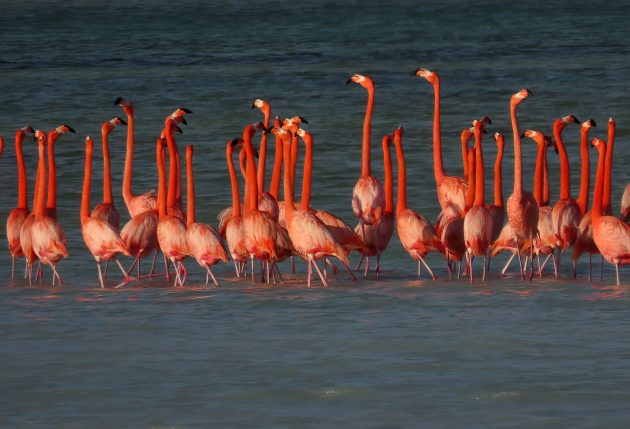
What is your name, and where do you live?
My name is Susan Davis, and I live and bird on the Dutch Caribbean island of Bonaire. We are the “B” in the ABC islands—Aruba, Bonaire, and Curacao—which are located just north of South America in the Caribbean Sea.
What are the main regions or locations you cover as a bird guide?
As a guide, I only offer birding excursions on Bonaire, but for a small island (about 112 square miles) we have a wide variety of habitats, including the tropical dry forest in the north, which starkly contrasts with our pink solar salt ponds in the south, a haven for many shorebirds, seabirds, and other waterbirds.
American Oystercatcher
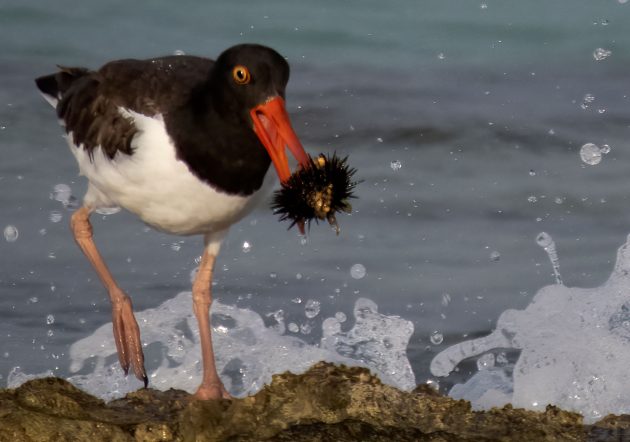
How long have you been a bird guide?
I have been leading birding tours since 2018.
How did you get into bird guiding?
Since childhood, I have been a nature lover, as well as a fan of photography. When I first moved to Bonaire (33 years ago), it was as a SCUBA instructor and underwater photography instructor. As I got a bit older, I hung up my fins for binoculars and the rest is history. I started making personal photography excursions, and most of the time, my subjects were birds. But I didn’t know what I was looking at, so slowly – one bird at a time – I taught myself the species that are resident on Bonaire and those that pass through on migrations.
In 2016, BirdsCaribbean, a non-profit organization dedicated to the conservation of birds and nature in all the islands of the Caribbean, conducted an Interpretive Bird Guide Training Workshop here on Bonaire. This workshop was part of their Caribbean Birding Trail (CBT) Project, a program that trains local guides to develop sustainable livelihoods and promote conservation through tourism focused on birds and nature. That workshop provided me with the skills and expertise to convert my personal birding style into a bird guiding style — interpreting the birds of Bonaire to visitors, no matter their level of expertise.
Blue-tailed Emerald
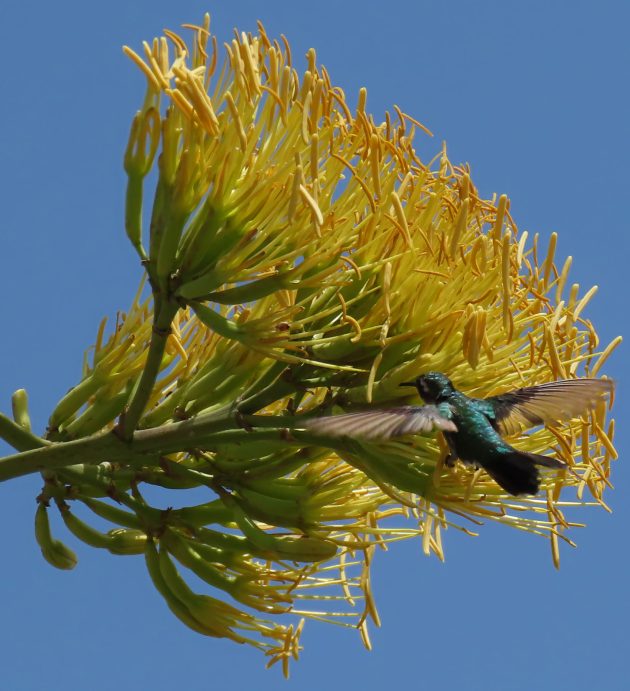
What are the aspects of being a bird guide that you like best? Which aspects do you dislike most?
I can’t think of any aspects of bird guiding that I dislike. What’s to dislike? I get to spend my day in nature, with other bird enthusiasts, enjoying the variety of avian life here on the island.
But there’s so much to like! I only do small groups—up to four persons—so I get to know my birders on a personal level and when they return, we visit different areas. We have fun and interesting conversations—not only about birds, but current events, nature, or just about anything else. Each tour I do is specifically geared to the interests of the participants—some want beautiful birds to photograph, others just want to go out and enjoy some time in Bonaire’s nature, while others are on a treasure hunt to tick those special species that have eluded them.
Brown-throated Parakeet
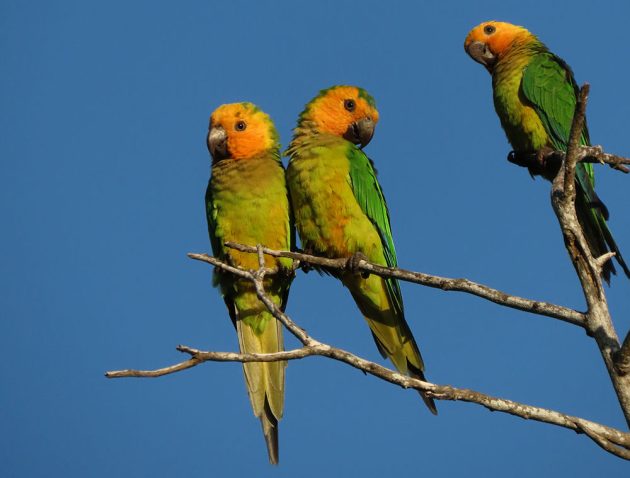
What are the top 5-10 birds in your region that you think are the most interesting for visiting birders?
Limiting it to five birds is a bit difficult, but I have to say the #1 bird that visiting birders want to see is our American Flamingo. Right after that comes our Yellow-shouldered Amazon Parrots, an endemic subspecies, and the Brown-throated Parakeet, also an endemic subspecies. Then, in fourth and fifth place I would say our hummingbirds—the Ruby-topaz Hummingbird and the Blue-tailed Emerald—although our native Yellow Oriole is also a big favorite!
Yellow-shouldered Amazon Parrot
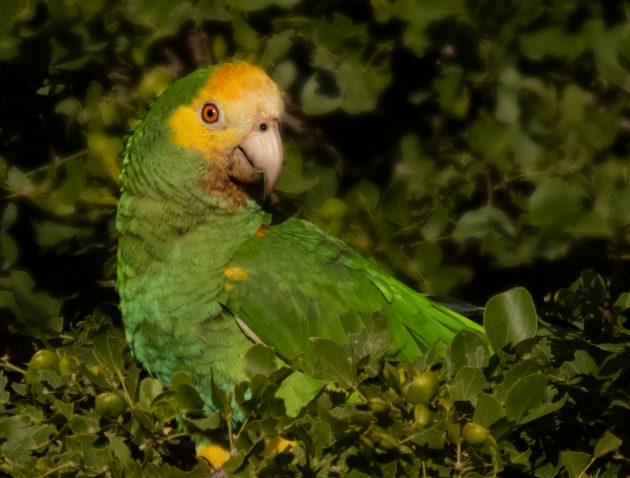
Can you outline at least one typical birdwatching trip in your area? Please briefly describe the locations, the key birds, and the approximate duration of such a trip
One of my favorite excursions is to the southern section of the island. Our solar salt works comprise about 1/3 of the island and offer stunning views of the pink salt ponds, white salt mountains, green mangroves, and turquoise and cobalt-blue waters. Of course, our coral-colored flamingos dot the landscape, and in some areas, we can observe them quite closely. It’s a “national past-time” to sit at the southern tip of the island at Willemstoren Lighthouse at sunset—to wait and watch for a group of flamingos that might fly off to Venezuelan feeding grounds for a few days. They can fly right over our heads!
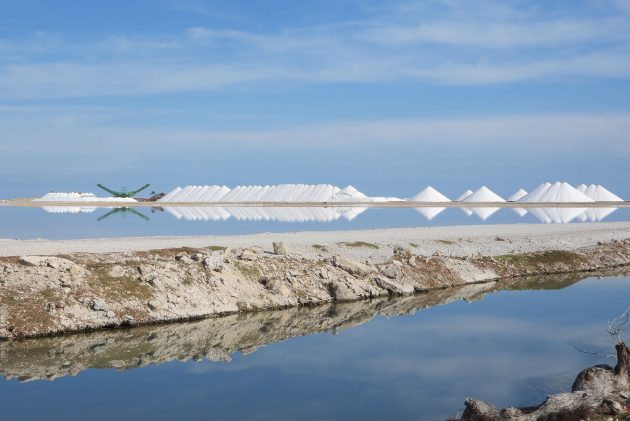
The flat topography of this southern area and low vegetation are perfect for birding as we usually have a good line of sight with the birds. We can see a variety of herons and egrets—including the rare white morph of the Great Blue Heron, Reddish Egrets, Green Herons, Tricolored Herons, and Snowy Egrets. A multitude of shorebirds either over-winter in the salt ponds or use them to rest and refuel during migrations including plovers, sandpipers, and larger shorebirds. During our summer months, visiting terns and gulls arrive from South America to breed in the salt ponds, so it’s fun to first watch their courtship behavior, and then, weeks later, to witness the adults feeding their chicks.
Royal Tern
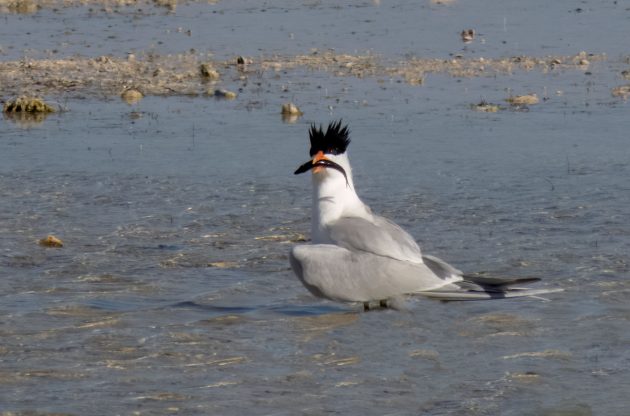
I usually recommend that this tour is done in four hours, to provide the best enjoyment of the area, but it could be done in three hours, if we move a bit more quickly.
What other suggestions can you give to birders interested in your area?
Situated just about 12.5 degrees north of the equator, Bonaire enjoys a plethora of changing birding seasons throughout the year. Between our native and resident species, North American migrants in the winter, and South American migrants in the summer, it is always good birding! I would suggest that visitors planning a birding trip to Bonaire plan for the time of year that best meets their birding goals. There is just a taste of the changing birding seasons on Bonaire available here: https://www.bonairebirdtours.com/year-round-birding-seasons-on-bonaire/
Yellow Oriole
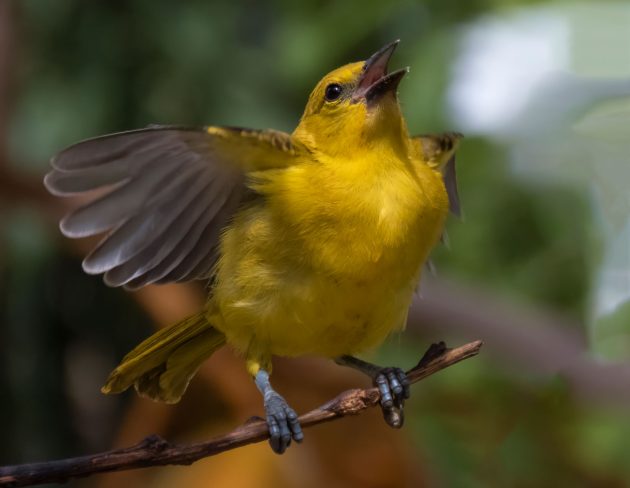
If any reader of 10,000 Birds is interested in birding with you, how can they best contact you?
Those who are contemplating a birding trip to Bonaire can visit my website at www.bonairebirdtours.com which has a wealth of information about the island’s avifauna, or email me directly at susan@bonairebirdtours.com. I am always happy to answer any questions.
Ruby-topaz Hummingbird
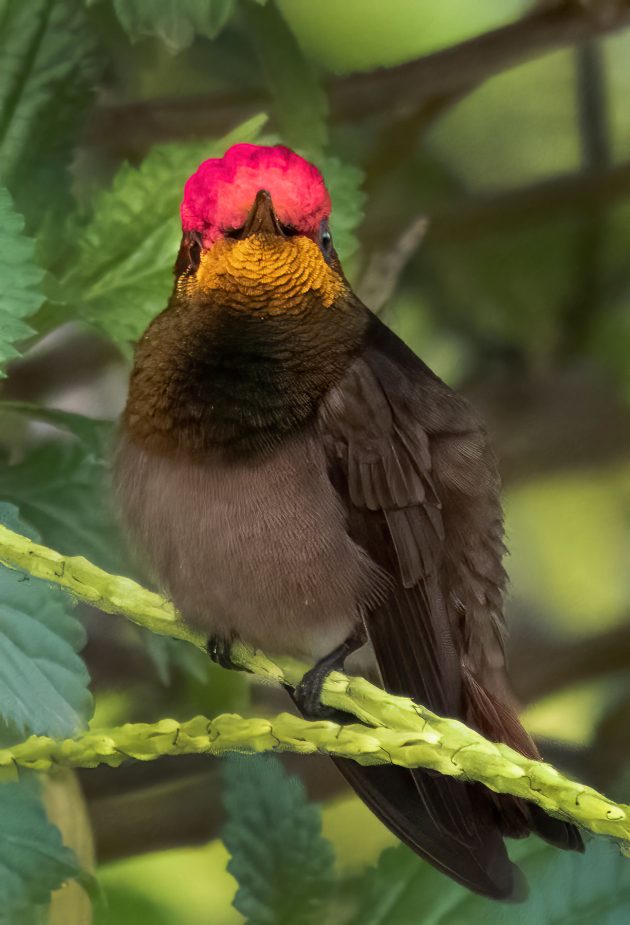


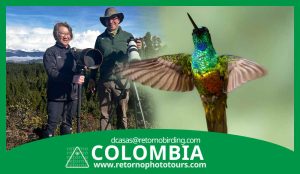


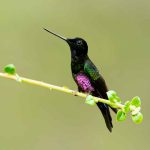
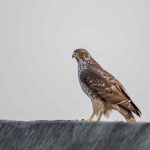

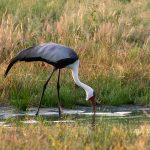

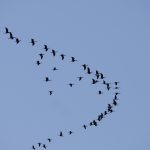
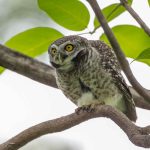
I am humbled and extremely honored to have been included in the Bird Guides of the World series by 10000Birds.com!
This is the perfect opportunity for me to thank each and every one of you who has birded with me over the years. I enjoy our adventures and look forward to many more years of birding with you!
A big thank you from the bottom of my heart!
Susan is truly a gem that’s been a catalyst in the lives of anyone who has the privilege of joining her on a birding adventure. In my world it has been a multiplier of 600% and I can only imagine how many others. Congratulations on being recognized for the joy you spread and the voice you lend to the birds who cannot speak for themselves! ????
Congrats Susan!
What a beautiful outline story – of a love affair with BnB : Birds and Bonaire
I cannot wait to come back. The photos you chose are just an appetizer , (for anyone who has not been there)
Visiting Bonaire in March 2026 and can’t wait to look for these birds! Thank you for all you do.
For a birding site this may be a weird comment but do go scuba diving. Bonaire’s biodiversity lies predominantly below the waves.